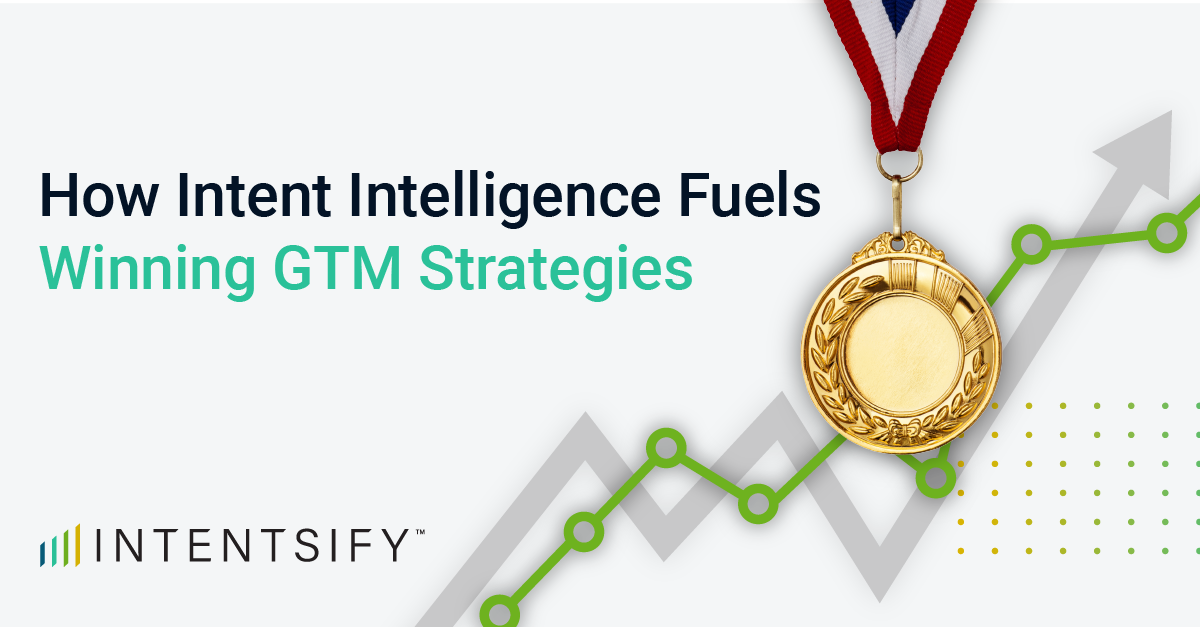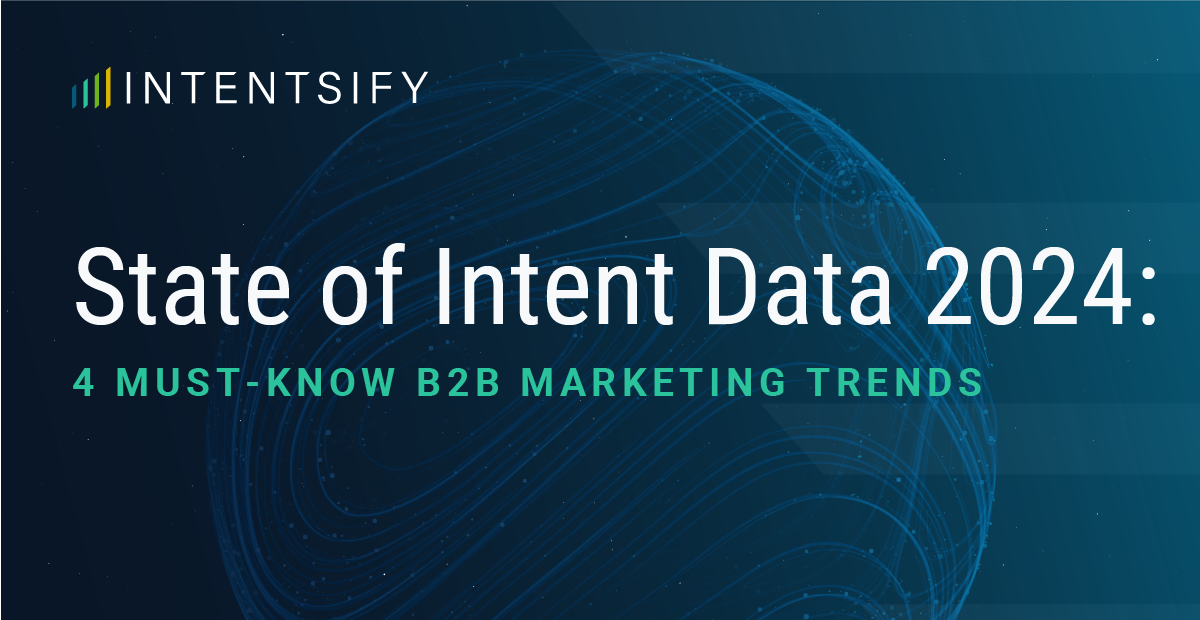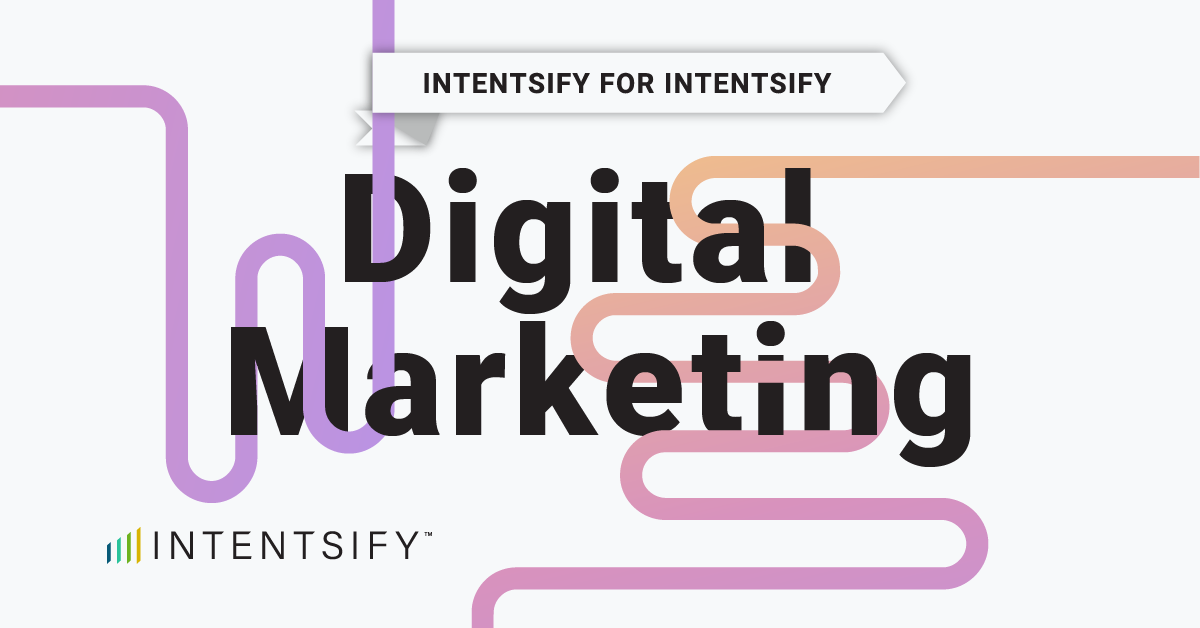As we look forward into the new year, you’re likely thinking about how your team can modify strategies and optimize for scaled success in 2024. With a digital landscape that’s constantly changing, new tools entering the market, heightened expectations from buyers and of course, less-than-ideal economic conditions, ensuring a solid GTM strategy is crucial. But as a B2B marketer, where do you start? Is it a modified approach to demand gen tactics or is it a larger strategic shift? Regardless of your answer, the key to a winning strategy is understanding and being empowered to use buyer intent intelligence.
But before we go down the road exploring the ways intent allows for a better GTM strategy, let’s remind ourselves of the north star.
The Goals and Responsibilities of GTM Teams
Every GTM team has four key responsibilities:
- Reduce cost of customer acquisition
- Increase sales pipeline and revenue creation
- Boost operational efficiency and productivity
- Scale net retention and customer-led growth
Regardless of economic conditions or industry trends, these four initiatives are unchanging. However, what has changed is the number of departments that now share these goals. With marketing, sales, customer success, revenue operations and data science all on the hook to contribute to the above, efficiency and the assurance of knowing you’re delivering the right message to the right people at the right time is more important than ever. So how do all these teams accomplish the same goals in unison? The answer is having access to intent data and understanding how to activate it.
Understanding Intent Data
Intent data is any information generated by businesses’ online research and content-consumption activities. B2B marketing and sales teams use intent data to gain insights into which organizations are increasingly showing interest in specific products or services, and to what extent.
GTM teams leverage these insights to shed light on the needs and interests of potential buyers, allowing businesses to tailor their marketing efforts accordingly. Intent intelligence goes beyond demographic data and provides a deeper understanding of the buyer’s journey, empowering marketers to engage with buyers in a more targeted and meaningful way.
How to Shape Your GTM Strategy
With current market conditions putting the strain on your resources, your GTM strategy doesn’t have the luxury of being less than bulletproof. The four main considerations you’ll need to make while mapping out your strategy are as follows:
- Precise Targeting
Enterprise buyers enter the buy cycle when and how they choose. Your GTM strategy must have a clear picture of what accounts are in-market and where they are in their journey so you can deliver the right message at the right time. Further, buying groups are likely smaller than you think, even at the enterprise level. Missing an opportunity to engage in an active buy cycle could be detrimental for an organization.
- Understanding and Adapting to Your Buyers’ Timelines
Pre-set, static outreach cadences—whether via marketing, sales, or customer success efforts—fail in today’s buyer-driven sales process. Plans change quickly, budgets get slashed often, and there’s simply less attention paid to irrelevant messages as teams navigate the economic downturn. Instead, successful strategies ensure that buyer actions are what dictate engagement efforts. Additionally, with more privacy laws and email sender requirements being added what seems like daily, outreach efforts must be precise.
- Implementing Strategies with Scale in Mind
Ensuring that strategies are dynamic according to buyer actions is one thing. Ensuring those strategies get executed in a timely fashion by all relevant functions in an efficient and repeatable manner is an entirely different feat—but just as important. The best strategies limit manual effort where possible and outline which specific processes and tools teams should implement, as well as when and how they should apply them.
- Producing Measurable, Repeatable Results
B2B teams can no longer have a wait-and-see strategy. With tighter budgets and more scrutiny on teams driving revenue impact, GTM strategies must produce timely, efficient, and measurable results in the form of leads, pipeline, or revenue.
How to Optimize Your GTM Strategy with Intent Intelligence
With a GTM strategy framework that can survive anything, it’s time to optimize. By layering in intent intelligence your team will be ready to launch campaigns and sales plays confidently, knowing you’re reaching the right people at the right time with the right message. However, a lot of teams are equipped to pull those levers. If you have just begun working with intent — or want to restart with a better strategy – we recommend:
- Investing in intent data and relevant technologies that provide real-time insights into your buyers’ research behaviors.
- Ensuring your team is equipped to activate intent intelligence through various digital channels.
- Training teams beyond marketing to effectively use intent data for personalized outreach and engagement.
- Continuously monitoring and analyzing intent data to identify buyer trends and adapt tactics accordingly.
If you’re ready to start thinking about how to build a go-to-market strategy that withstands any conditions and produces revenue no matter the economic conditions, take a deeper look into the playbook and go into 2024 knowing you’re setting your team up for success.






